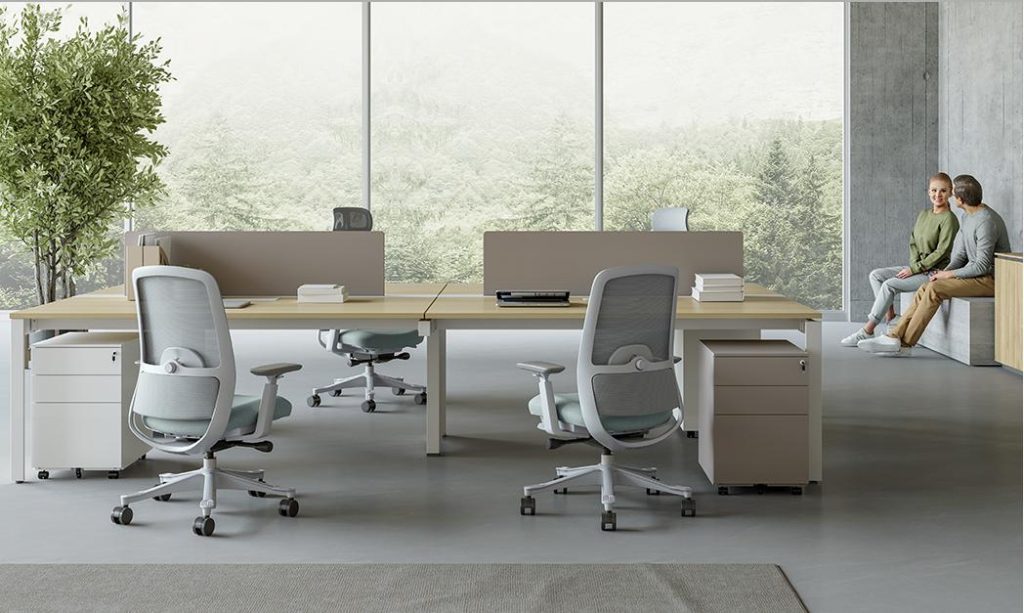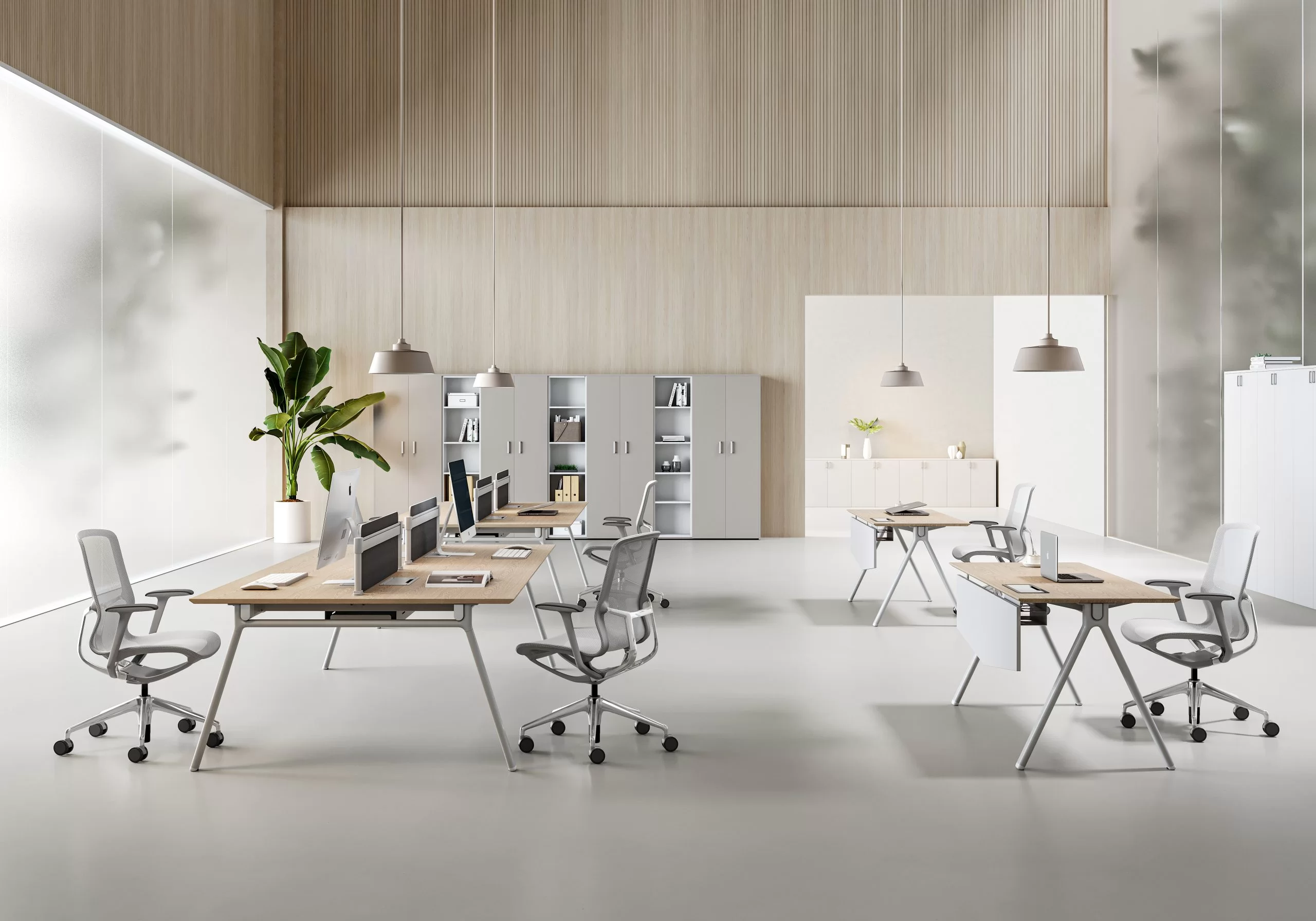In today’s corporate workplace, the choice of office chairs that corporate offices use goes far beyond aesthetics—these seating decisions impact employee comfort, productivity, health, and even brand image. For business-buyers selecting the right seating solution, understanding what drives large organisations’ chair selections is key.
Why corporate offices prioritise the right office chair
Large offices invest in commercial-grade seating when they recognise that a quality office chair is more than furniture. Ergonomics studies show that poor seating contributes to fatigue, reduced focus and increased absenteeism.
When we talk about office chairs that corporate offices use, these are typically chairs designed for durability, adjustability, and multiple users per day. For a company, the cost of replacing cheap chairs frequently and dealing with discomfort or back pain among staff far outweighs the investment in good seating.
Key features in office chairs used by corporate offices
Ergonomic adjustability
Corporate offices favour chairs that allow height adjustment, tilt/recline, arm-rest adjustment, and proper lumbar support. These features mean employees of different body types can customise their seating. As one blog notes, ”ergonomic office chairs improve productivity by promoting comfort, focus, and healthy posture.”
Durability and quality materials
When chairs are used 8+ hours daily, by many different users in an office environment, durability matters. Corporate-grade chairs often use premium materials, heavy-duty mechanisms and longer warranties — this helps ensure total cost of ownership remains reasonable.
Brand image and functionality
In high-end corporate offices, the chair is part of the workspace culture. It sends a signal about how the company values employee wellbeing. Chairs that corporate offices use frequently balance form and function — they look professional, integrate into modern open-plan layouts, while delivering the ergonomic support staff need.
Cost-effectiveness over lifecycle
From a procurement perspective, the focus is not just upfront cost but lifecycle cost: maintenance, replacement rate, downtime, and employee health implications. Chairs used in corporate offices are selected for reliability, serviceability and compatibility with office furnishing standards.

How this matters to your business (and how Vaseat addresses it)
If you are responsible for outfitting a corporate office — whether for a headquarters, branch location, or shared workspace — selecting the right chair is a strategic decision. The right chair can:
- Increase employee satisfaction and reduce discomfort or complaints
- Support productivity by reducing fuss, readjusting and downtime
- Reduce maintenance/replacement cost over time
- Enhance company image by demonstrating investment in the workforce
At Vaseat, we understand that our business-clients demand chairs that corporate offices use — not simply because they look good, but because they perform. Whether you’re outfitting a large open-plan office or a smaller executive space, our selection focuses on durability, adjustability, and style.
Best practices for selecting chairs in corporate office settings
- Define usage profile: number of hours per day, user turnover, multi-user use.
- Prioritise adjustability: height, tilt, arms, lumbar support.
- Evaluate durability: materials, mechanism, warranty.
- Consider space and aesthetics: does the chair fit your overall office design and brand image?
- Total cost of ownership: initial cost + expected lifespan + maintenance.
- Vendor service & support: turnkey installation, spare parts, replacement policy.
FAQs about office chairs that corporate offices use
Q: What’s the difference between a regular office chair and the chairs corporate offices use?
A: Regular chairs may be designed for personal or home use (fewer adjustability features, less heavy-duty materials). Chairs that corporate offices use are built for high-use environments, multiple users, longer lifespan and professional appearance.
Q: Are ergonomic features really worth the investment for large offices?
A: Yes — numerous studies show that ergonomic seating reduces discomfort, absenteeism and improves productivity. As one industry blog put it: “ergonomic chairs don’t just provide comfort. They also help improve your posture, blood circulation, and brain function… All these benefits combined help boost your productivity.”
Conclusion
To summarise, when you are shopping for office chairs that corporate offices use, you’re not just buying chairs — you’re investing in your workforce, in long-term cost savings, and in your company’s image. Choosing chairs with ergonomic features, durability, and business-focused design will pay dividends in the long run. At Vaseat, we are committed to delivering seating solutions tailored to the demands of corporate settings.



